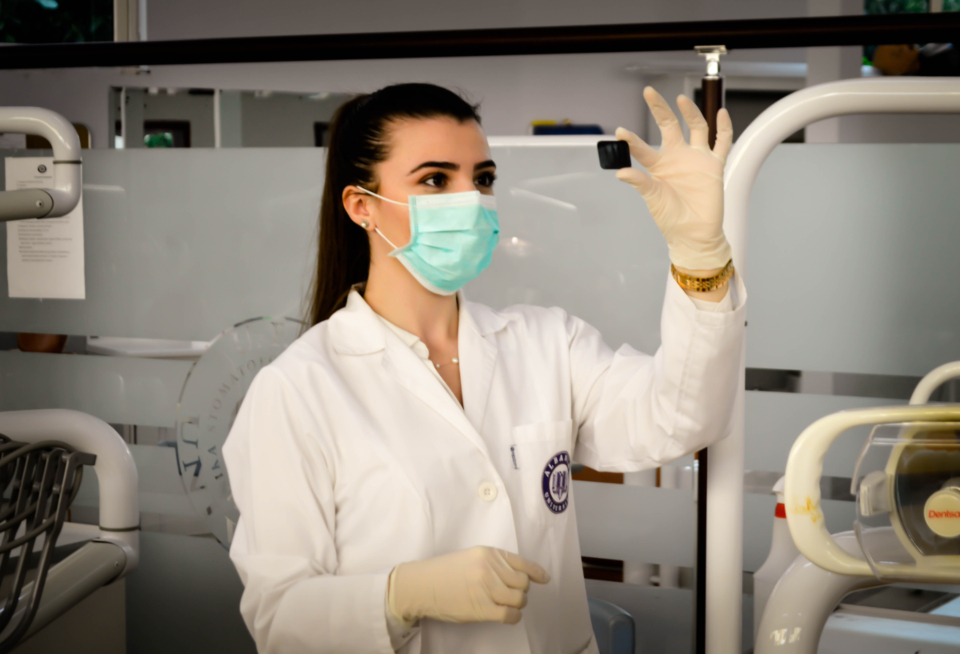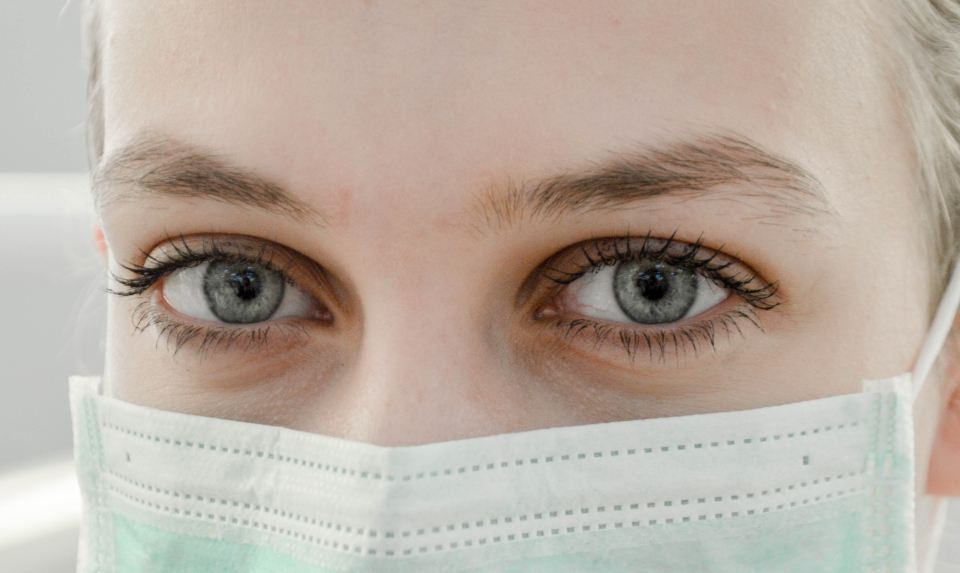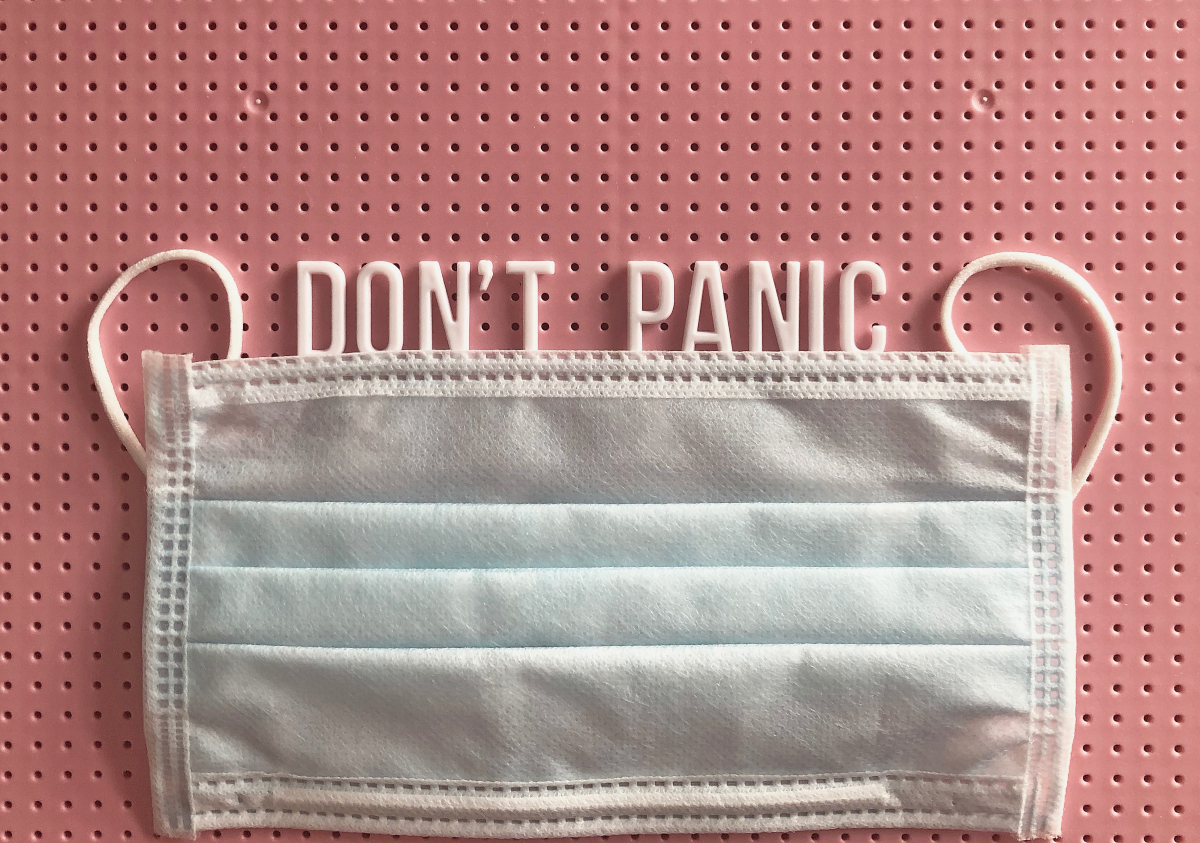by Dr. Noel Peterson, ND, DAAPM
Mask shortage has become a potential public health risk all on its own. Oregon’s Governor Kate Brown issued an Executive Order for all primary care clinics, hospitals, dentists, and veterinarians to conserve masks, exam gloves, surgical gloves and other protective equipment (PPEs) by discontinuing non-emergency surgeries. The Governor has asked that we donate our PPEs to a state stockpile, to be distributed to hospital staff on the front lines of treating COVID-19. At ORM, we have inventoried and collected our limited stock of sterile surgical gloves, exam gloves, and disposable surgical gowns for delivery to a local hospital.
But does this Executive Order mean that our own staff, and the staffs of other clinics in the community must-go without PPEs such as gloves and masks? How can doctors, nurses and other health personnel be expected to see patients without protection?
Masks are certified for one-time use only. But last week the Centers for Disease Control and Prevention lifted requirements, allowing reuse of masks, along with the use of construction and homemade masks to be used by medical personnel, essentially saying that anything, including a bandana, is better than nothing. The public, including my wife Teresa, has responded by sewing homemade, washable masks from cotton and other fabrics.
And The New York Times has reported on how the Nebraska Medical Center is using ultraviolet light in an experimental procedure to decontaminate and reuse its masks and PPEs.

Rather than going entirely without masks, we have decided to use concentrated ozone to disinfect them overnight. Each staff member personalizes their mask and reuses their mask the next day.
We think ozone decontamination is an improvement over what we have seen in many hospitals and clinics, where masks are personalized but only left in a paper bag to be reused on the next shift.
There are several scientific studies that show Ozone gas is able to destroy the SARS coronavirus, and since the structure of the new 2019-nCoV coronavirus is almost identical to that of the SARS coronavirus, it is relatively safe to say that it will also work on the new coronavirus though it must be noted that there are no SARS-CoV-2 studies to date except one that is currently ongoing in China at the Institute of Virology in Hubei. Progress of that study has shown that it works and the study should be concluded by the end of the week and officially published in the journal Virology.
Ozone is a naturally occurring gas created from oxygen atoms. The oxygen molecule is made up of 2 oxygen atoms. These oxygen molecules are broken into atoms by the corona discharge during lightning storms or by UV light from sunlight. Single oxygen atoms cannot exist alone without regrouping back into di-atomic oxygen molecules. During this recombination stage some atoms will regroup into loosely bonded tri-atomic oxygen. This new molecule is called Ozone or O3.
Commercial ozone generators are able to make ozone from normal air and are commonly used as room disinfectants. Ozone not only disinfects the air, but it also disinfects surfaces. There is a need for caution because long-term exposure to even low concentrations of ozone can cause respiratory damage. Because of this, we have begun to operate our commercial ozone generator overnight, after all personnel has gone home.

When I was looking for solutions to the mask shortage I’d read an interesting study where 20-seconds in a microwave was used to deactivate certain poultry virus samples prior to shipment to laboratories for PCR testing. One of the viruses deactivated was avian infectious bronchitis virus (IBV), the first RNA coronaviruses found to infect poultry, with astructure very similar to SARS-2. We learned the hard way that exposure to microwaves could burst surgical masks into flames when the bendable metal nose piece would get hot enough to ignite the masks, so we kept microwave time at 20-seconds. We also learned the hard way that Microwaving would deform N95 masks so badly they could not be reused. Microwaving surgical masks for 20-seconds may help decontaminate them, but to my knowledge, this has not been studied.
I even ignited one of Teresa’s home-sewn masks after 20 seconds in the microwave because the metal nosepiece got so hot the mask burst into flames! All that hand sewing went to waste. Have you ever seen “divorce eyes”?
Ultimately we have settled on ozone disinfection of our masks to help keep our staff (and patients) safe. We bag our masks and fill the plastic bag using our medical-grade concentrator. In addition to an hourly schedule of surface cleaning with dilute bleach, we run our big commercial ozone generator to decontaminate the air and the surfaces we cannot clean with bleach. No one knows for certain if ozone, microwaves or ultraviolet light can inactivate the coronavirus, so please realize that the CDC’s new guidance says that “as a last resort, it may be necessary” for hospitals to use masks that were not approved by the National Institute for Occupational Safety and Health. That includes reusing masks after ozone, UV or microwave disinfection.
References:
| 1. | C. Tseng, C. Li, 2008 Jun Inactivation of surface viruses by gaseous ozone J Environ Health. 70 (10), 56-62, PMID: 18561570 |
| 2. | G. Elhafi, C. J Naylor, C. E. Savage & R. C. Jones (2004) Microwave or autoclave treatments destroy the infectivity of infectious bronchitis virus and avian pneumovirus but allow detection by reverse transcriptase-polymerase chain reaction Avian Pathology, 33:3, 303-306, DOI: 10.1080/0307945042000205874 |



